CHAPTER 11. REGULATION OF ELECTRONIC MEDIA
1. The basic rationale for heavier government regulation of broadcasting than of the print media is that: a) radio and television are entertainment and have no First Amendment protection; b) the propaganda potential of the electronic media is so great that more protection is needed; c) broadcasters are given the exclusive use of a scarce resource (the radio spectrum) and must use it “in the public interest, convenience and necessity;” d) broadcast advertising is too pervasive and persuasive to be left unregulated; e) the broadcast media are more technically complex and need more government assistance to maintain good technical standards.
2. Ever since radio broadcasting began, one of the major complications in making AM radio channel assignments has been the fact that AM signals travel long distances—but only at night, not in the daytime. This phenomenon is caused by: a) satellites; b) large mirrors erected by scientists to study the upper atmosphere; c) skywave propagation; d) solar flares; e) aurora borealis.
3. The FCC now decides who will receive new licenses by: a) holding comparative hearings; b) holding lotteries; c) conducting auctions; d) flipping a coin; e) awarding the license to the first person or company to file an application.
4. A two-step process for broadcast license renewal challenges was mandated by: a) RKO General v. FCC; b) Metro Broadcasting v. FCC; c) the 1996 Telecommunications Act; d) Yale v. FCC; e) Turner Broadcasting v. FCC.
5. The FCC’s minority preferences in broadcast licensing were upheld by the Supreme Court in the 1990 case of: a) Metro Broadcasting v. FCC; b) Adarand Constructors v. Peña; c) Bechtel v. FCC; d) FCC v. League of Women Voters; e) Central Florida Enterprises v. FCC.
6. The case referred to in the previous question was later overturned by the Supreme Court in the case of: a) Metro Broadcasting v. FCC; b) Adarand Constructors v. Peña; c) Bechtel v. FCC; d) FCC v. League of Women Voters; e) Central Florida Enterprises v. FCC.
7. The FCC’s women’s preference in broadcast licensing was overturned in the case of: a) Metro Broadcasting v. FCC; b) Lamprecht v. FCC; c) Bechtel v. FCC; d) RKO General v. FCC; e) FCC v. League of Women Voters.
8. In 1981, a federal court affirmed the FCC’s decision to take away a Boston television station’s license because of wrongdoing by the licensee and its parent company. The case: a) WCBS v. FCC; b) RKO General v. FCC; c) KHJ v. FCC; d) Yale Broadcasting v. FCC; e) none of these.
9. The FCC’s original EEO rules were overturned by a federal appellate court in the 1998 case of: a) Turner Broadcasting v. FCC; b) Lutheran Church-Missouri Synod v. FCC; c) Capital Cities Cable v. Crisp; d) U.S. v. Playboy Entertainment; e) MD/DC/DE Broadcasters Association v. FCC.
10. The FCC’s replacement EEO rules were overturned in a 2001 decision: a) Turner Broadcasting v. FCC; b) Lutheran Church-Missouri Synod v. FCC; c) Capital Cities Cable v. Crisp; d) U.S. v. Playboy Entertainment; e) MD/DC/DE Broadcasters Association v. FCC.
SCORING KEY, CH. 11
1. C
2. C
3. C
4. C
5. A
6. B
7. B
8. B
9. B
10. E


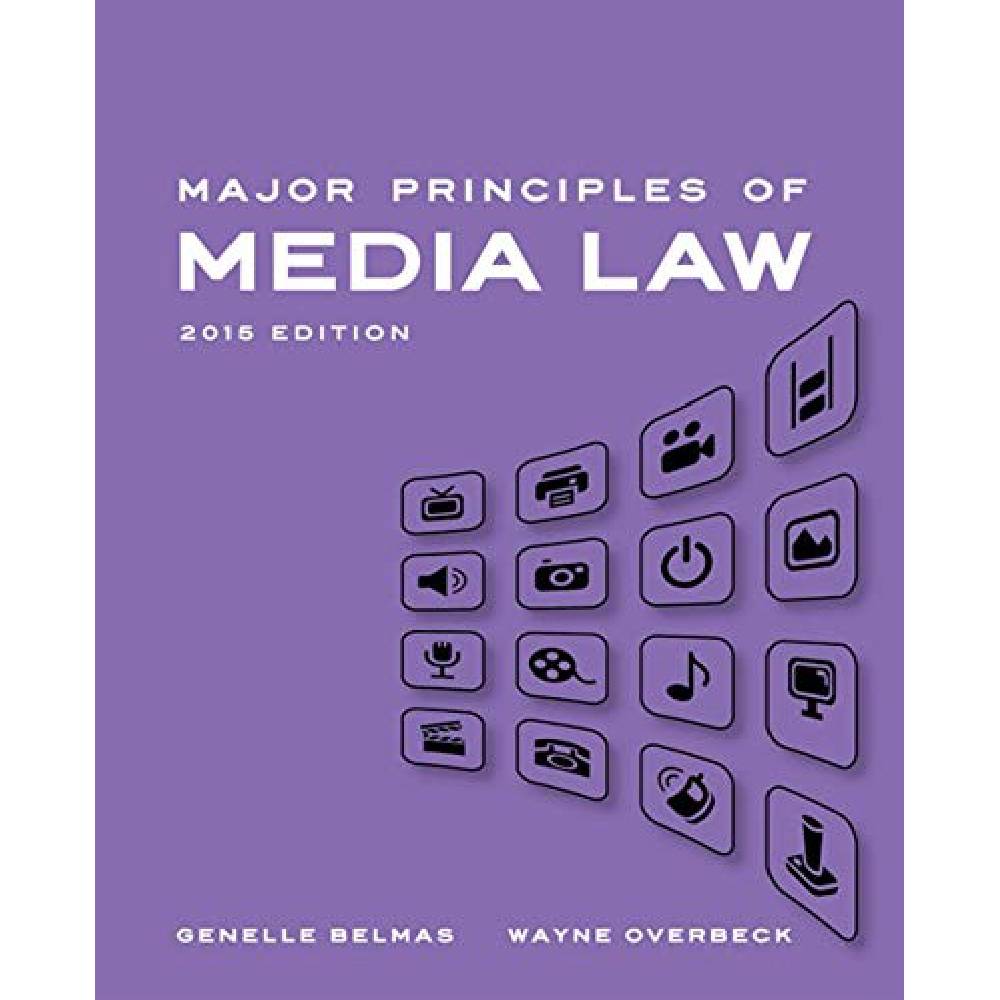
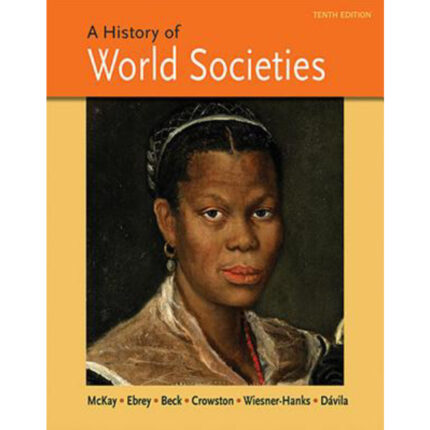
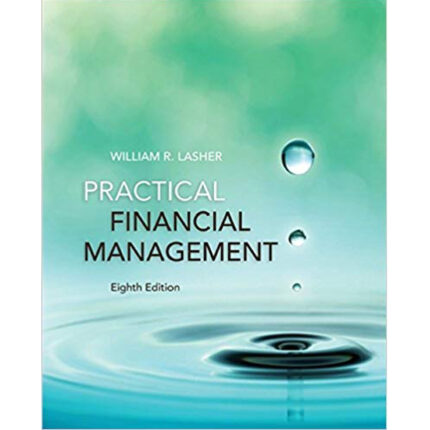




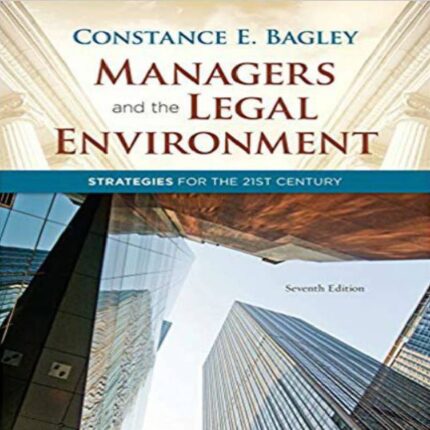

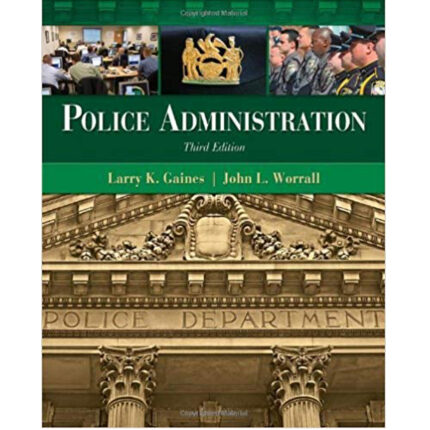

Reviews
There are no reviews yet.